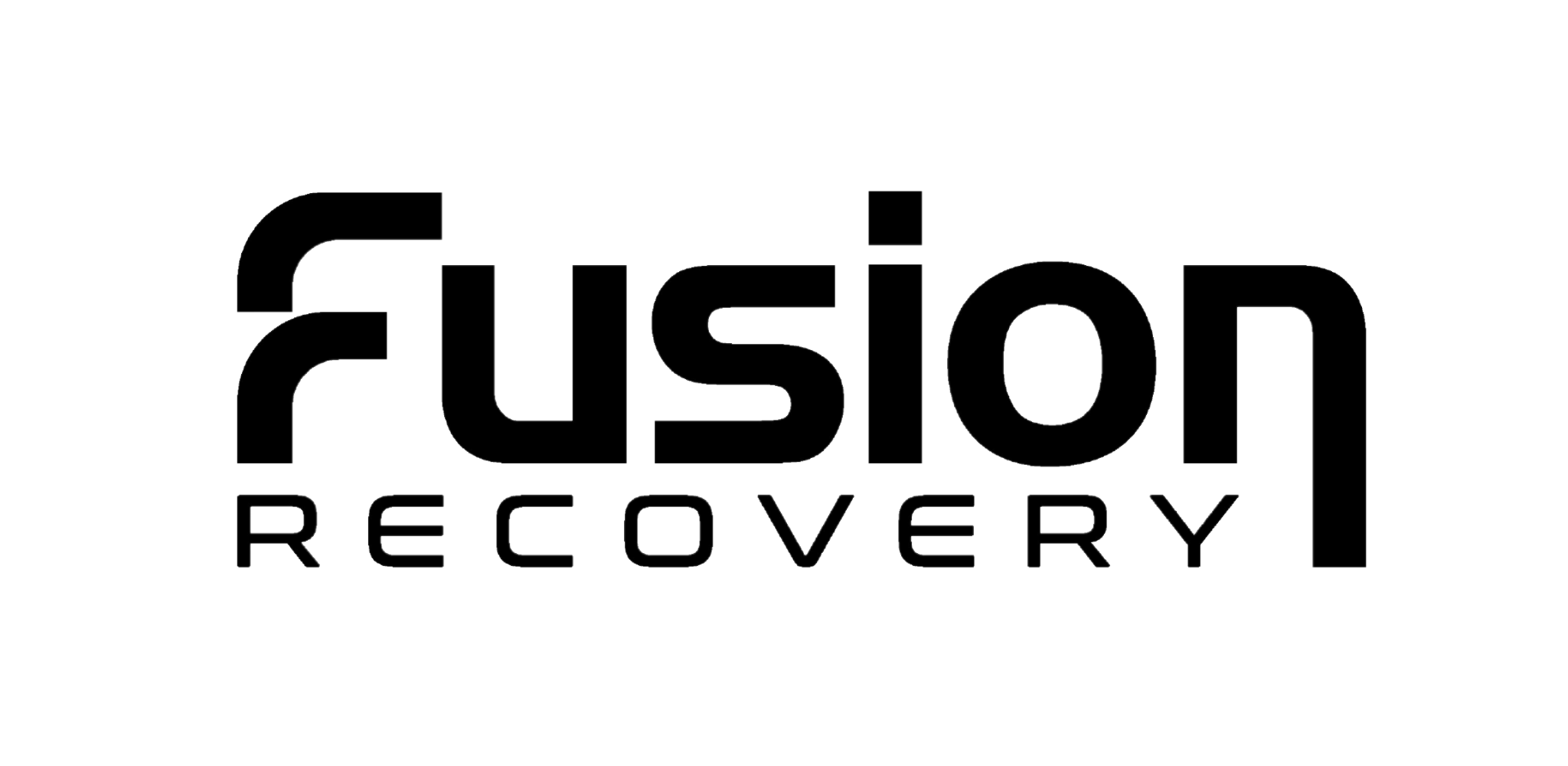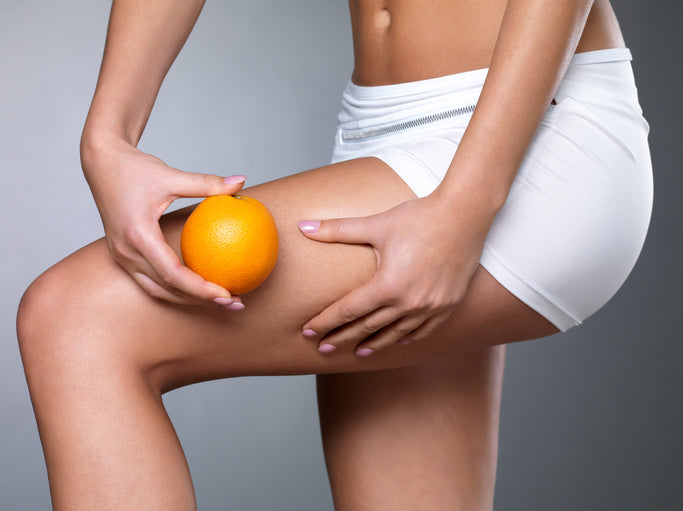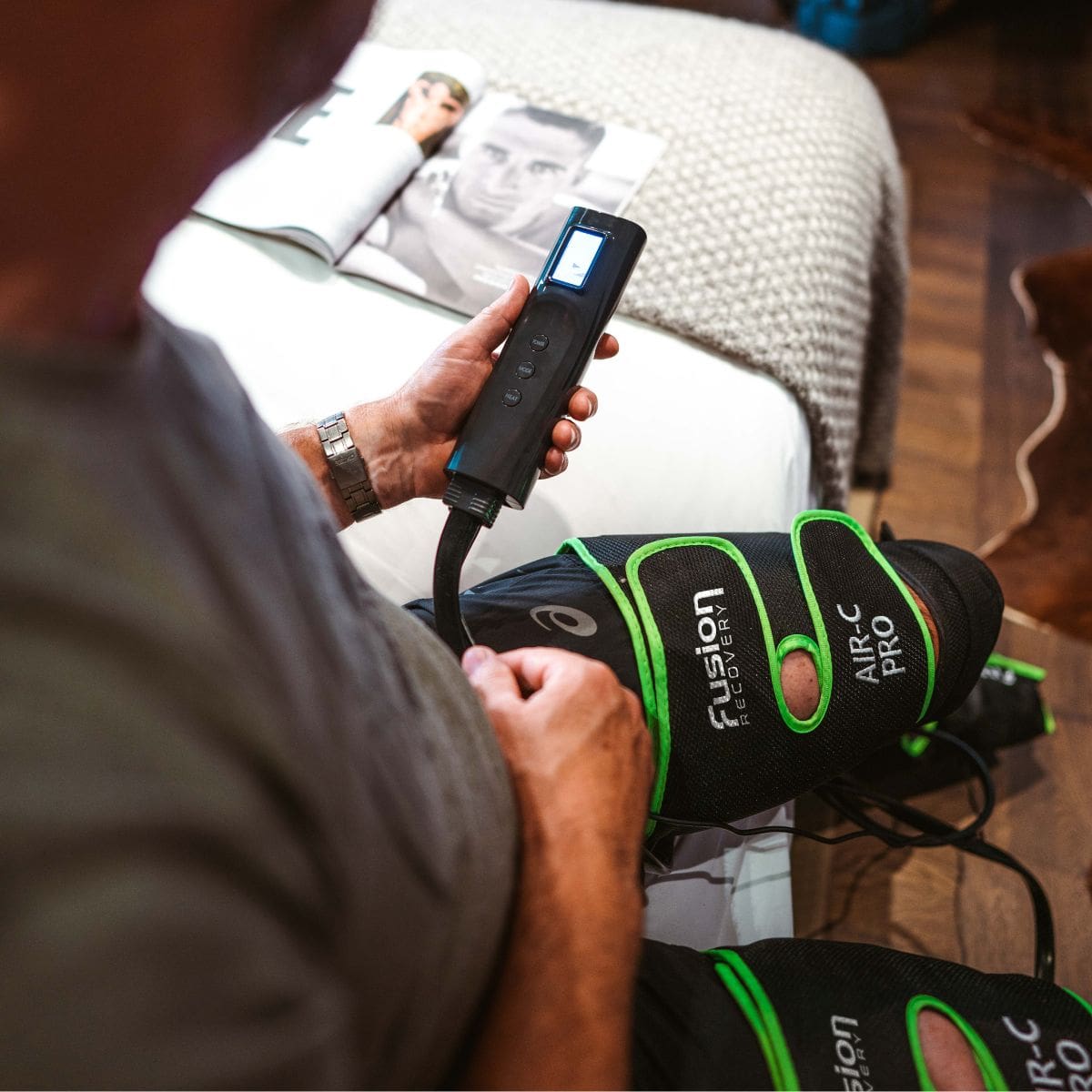Are you looking for ways to relieve tight back muscles? You’re not alone.
Tight back muscles are a common issue for many people across the globe.
This chronic medical condition can be a huge source of stress, making it difficult to move or concentrate on day-to-day activities. It is prevalent among athletes and those with a sedentary lifestyle with minimal physical activity.
Many people are looking for fast-acting solutions when it comes to relieving tight muscles in the back. Some opt for over-the-counter medications as a temporary solution, but these pain medications often come with unpleasant side effects.
Fortunately, there are safe and natural alternatives that can help to reduce the tension in your back muscles and provide some much-needed relief. That's what we'll be going over in this article.
You'll get super helpful tips on eliminating muscle tightness in your back for a healthy lifestyle. Let's start with how you can tell if you've got tight back muscles.
Signs and Symptoms of Tight Back Muscles
From muscle spasms to the inability to move, you'll learn what symptoms to look out for that indicate muscle tightness. Keep scrolling.
Here are some of the most common signs and symptoms associated with this health condition:
Pain or burning sensation in the back
Experiencing pain or burning sensation is one of the most common signs of tightness in your back muscles.
This could be anywhere from the upper back to the lower back or even around the shoulder blades. Sometimes, it may feel like an ache that radiates down into your arms and legs. The pain can worsen when pressure is applied or when certain activities require movement of the back muscles.
This can make it difficult to move or concentrate on day-to-day activities.
Difficulty bending down or reaching up
Difficulty bending down or reaching up is often a sign of tight back muscles.
You may have difficulty performing everyday activities such as tying your shoes, putting on a shirt, or even picking something off the ground. This is because tightness in the back muscles can cause an imbalance in posture and disrupt your range of motion.
As a result, you may find it difficult to bend down or reach up.
Difficulty sitting for long periods of time

One of the more common signs of tight back muscles is difficulty sitting for long periods.
People who experience this symptom may find it challenging to sit in one place for more than a few minutes at a time, as their back muscles start to feel tight and uncomfortable.
This can make it difficult to concentrate on tasks, especially when seated at a desk for long periods.
Muscle spasms or cramps in the back
Another symptom to look out for if you're experiencing muscle tightness in your back is muscle spasms or cramping.
These spasms can be anything from a twitching sensation to full-blown muscle cramps that can last for several minutes. Experiencing pain from muscle spasms can range from mild to severe, depending on the severity of the muscle tightness.
Sometimes it can be accompanied by a sharp, stabbing pain that radiates through the back.
Now that you better understand the signs and symptoms associated with tight back muscles, let's move on to the best ways to loosen them up. Keep reading to find out.
How To Loosen Up Tight Back Muscles
Can't wait to start loosening up those tight muscles in your back? We've got you covered.
In this section, we'll go over some of the best solutions for relieving muscle tightness in your back muscles and getting some much-needed relief. Here are some tips to follow:
1. Try massage therapy
One of the best ways to reduce tension in your back muscles is by getting massage therapy.
It helps to increase blood flow and circulation throughout the body, which can help to reduce muscle tension and pain. It also helps to stimulate the release of endorphins, which are hormones that help to relieve stress and promote relaxation.
Massage therapy can be done by consulting a professional massage therapist or at home with the help of a massage tool. Popular massage tools to relieve muscle tightness include foam rollers and massage guns.
2. Stretch your back muscles

If you're looking for a more natural way to relieve muscle tension in your back, then stretching is an option to consider.
Stretching helps to increase the range of motion and flexibility in your tense muscles, which can reduce tightness and help to improve mobility. There is a variety of stretching exercises that can help to relieve tightness in the back, including cat-cow pose, standing back end, and cobra pose.
Here's how you can perform them for relief:
Cat-cow pose
Start by getting on your hands and knees with your back flat. Then, arch your back towards the ceiling like a cat, hold for a few seconds, and reverse the motion by curving your back downwards into the cow position.
Cobra pose
Start by lying on your stomach with your hands placed under your shoulders. Then, press down into your palms and lift your chest as you arch backward like a cobra snake. Hold this pose for 15-20 seconds before releasing.
Standing back bend
Stand up straight with your feet shoulder-width apart, then slowly bend backward at the waist as far as possible. Hold this position for 15-20 seconds before releasing.
When performing these exercises, listening to your body and not pushing yourself too far is important. Just do as much as you can comfortably do. Other great stretches to consider are the child's and pigeon poses.
3. Try ice therapy to reduce inflammation
Ice therapy is a popular and effective method of reducing inflammation in the body. It helps reduce swelling and pain associated with inflammation, while helping to reduce muscle tightness.
When using ice cold treatment, it's essential to use an ice pack that is cold enough to provide relief but not so cold that it causes discomfort or muscle tissue damage.
The best way to do this is to wrap a towel around the ice pack before placing it on the affected area for 20 minutes.
4. Apply heat therapy to increase circulation
Another way to make your back muscles feel more relaxed is by applying heat therapy.
This helps to increase blood flow, which can help to reduce muscle tension and spasms. It also helps to relax the muscles, improving the range of motion and flexibility.
Common forms of heat therapy used for this purpose include hot compresses, heating pads, and hot baths or showers.
When using heat therapy, it's essential to keep the temperature comfortable and not apply heat for too long, as this can burn the skin.
5. Go for physical therapy

If you're still experiencing pain and tightness in your back muscles after trying the above treatment options, one option you may want to consider is physical therapy.
Physical therapists are trained professionals who can assess the cause of your muscle tightness and develop a personalized treatment plan to address it.
They can also provide exercises and stretches tailored to your specific needs, which can help reduce tightness in the back muscles over time.
These exercises may include strengthening, stretching, and range-of-motion exercises that can help improve flexibility and reduce discomfort.
A physical therapist can also provide guidance on proper posture and biomechanics to minimize the risk of further injuries.
6. Get plenty of rest
Getting enough rest is essential for reducing muscle tightness in the back.
When well-rested, your body has more energy to heal and recover from any injuries or strain it may have endured. Make sure to get at least 8 hours of sleep each night and take naps when needed.
Now that you know some of the best ways to reduce tightness in your back muscles, it's time to get started. Implementing these methods can help you feel more relaxed and comfortable during your daily activities.
Keep in mind that it may take some time to see results, so be patient and consistent with your treatments. With the right approach and some dedication, you're sure to reap the benefits of these methods soon enough.
Next, we'll look at ways you can prevent muscle tightness in the back from occurring in the first place.
Ways to Prevent Tight Back Muscles from Reoccurring
While tips like massage therapy and stretching can help reduce muscle tightness in the back, there are also steps you can take to prevent it from reoccurring. Some of these include:
Practicing good posture throughout the day, especially while sitting at a computer or desk
Practicing good posture throughout the day reduces muscle tightness and strain in the back.
While sitting, make sure to keep your feet flat on the floor, and your shoulders pulled back and relaxed. Also, avoid slouching or hunching over, as this can increase tension in your neck and upper back muscles.
If you need to sit for long periods, make sure to take regular breaks throughout the day and move around.
Incorporating healthy lifestyle habits such as eating nutritious foods
Another way to reduce tightness in the back muscles is by incorporating healthy lifestyle habits.
Eating a balanced diet that includes plenty of fresh fruits, vegetables, lean proteins, and whole grains helps to promote muscle growth and repair.
Also, ensure to stay hydrated throughout the day, as this can also help reduce muscle tension.
Maintain a healthy weight
Maintaining a healthy weight is essential for preventing muscle tightness in the back.
Excess body fat can lead to increased strain on the spine and muscles, which can result in tightness and discomfort. To maintain a healthy weight, make sure to eat a healthy diet and engage in regular physical activities.
You can also talk to your doctor about what an ideal weight is for your height and body type.
Stay hydrated during stretches
It is important to stay hydrated during and after workouts to reduce tightness in the back muscles.
When you exercise, your muscles use energy which can cause them to become dehydrated. Dehydration can lead to increased muscle tension which can make it difficult for you to complete the workout and may even lead to acute injury.
Make sure to drink plenty of water before, during, and after your workouts to ensure your muscles remain hydrated and reduce the risk of tightness.
Using proper technique when exercising
If you're engaging in physical activity, it's important to use proper technique in order to reduce the risk of injury and muscle tightness.
When performing exercises, make sure to use a full range of motion and focus on engaging your core muscles. Additionally, if you are lifting weights, take care to use proper form as this will help reduce muscle strain in your back.
Taking time off from activities that put too much strain on your back muscles
Taking time off from activities that put too much strain on your back muscles is crucial in preventing and reducing muscle tightness.
This can include recreational activities such as sports, weightlifting, or running.
If you find yourself consistently engaging in activities that are causing severe pain or discomfort in your back muscles, it's important to take a break and allow your body to rest and recover.
Frequently Asked Questions
Despite all the information provided above, you may have further questions about tight back muscles.
To help answer some of the more frequent queries surrounding this topic, we have compiled a list of common questions below.
Why do I have tight back muscles?
Tight back muscles can be caused by various factors, including awkward posture, over-exercising, and muscle weakness.
Poor posture can cause the muscles to become strained due to a lack of proper support for the spine. Over-exercising can lead to muscle fatigue or strain due to repetitive movements, which stress the muscles.
Muscle weakness can be caused by a lack of exercise, resulting in decreased muscle strength and an inability to support the spine properly.
Can muscle tightness in the back go away on its own?
While experiencing tight back muscles may resolve on their own with rest and relaxation, it is best to get relief by practicing some of the tips listed in this article.
Without proper treatment, tight back muscles can become worse and lead to more severe issues like chronic pain.
Is there any medical condition that can cause tight back muscles?
Yes, certain medical conditions can cause muscle tightness in your back.
Musculoskeletal conditions such as arthritis, lupus, and fibromyalgia can all cause chronic muscle pain and stiffness throughout the body, including the back muscles.
Moreover, nerve damage or compression due to a herniated disc in the spine can also cause tightness in the back muscles.
If you are experiencing chronic pain or tightness in your back muscles, you must consult a doctor to determine the cause and get proper treatment.
Which fitness tools can I use to release tension in my tight back muscles?
Fitness tools like foam rollers and massage guns can all be used to release tension in your tight back muscles.
Foam rollers can help to massage and stretch out tight muscles, while massage guns can provide deep tissue stimulation to promote relaxation in the muscle fibers.
Additionally, using a resistance band is a great way to perform gentle stretching exercises that can help increase flexibility in your back muscles.
When using any of these tools, start slowly and focus on the tight areas. Applying too much pressure can cause pain, so listen to your body and adjust accordingly.
Conclusion
Experiencing tight back muscles can be painful and uncomfortable, but thankfully there are things you can do to help.
Performing stretching exercises is essential in relieving back muscle tension and improving your body posture.
You should also focus on eating healthy foods, drinking plenty of water, and getting enough rest, as these all contribute to keeping your body fit and healthy.
Fitness tools like foam rollers and massage guns can also help to release tension in tight back muscles. When combined with stretching exercises, these tools can provide great relief and improve your overall well-being.
If the pain or tightness persists and does not improve with rest or home remedies, it is important to seek medical advice.
By doing this, you can rule out any underlying medical conditions and get proper treatment.
Feel free to reach out to us if you have any further questions about tight back muscles.




